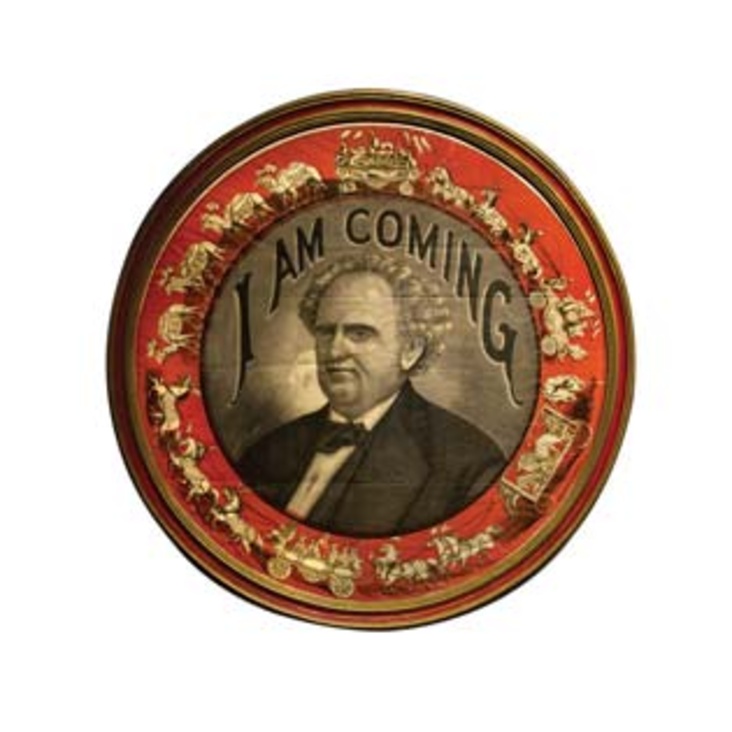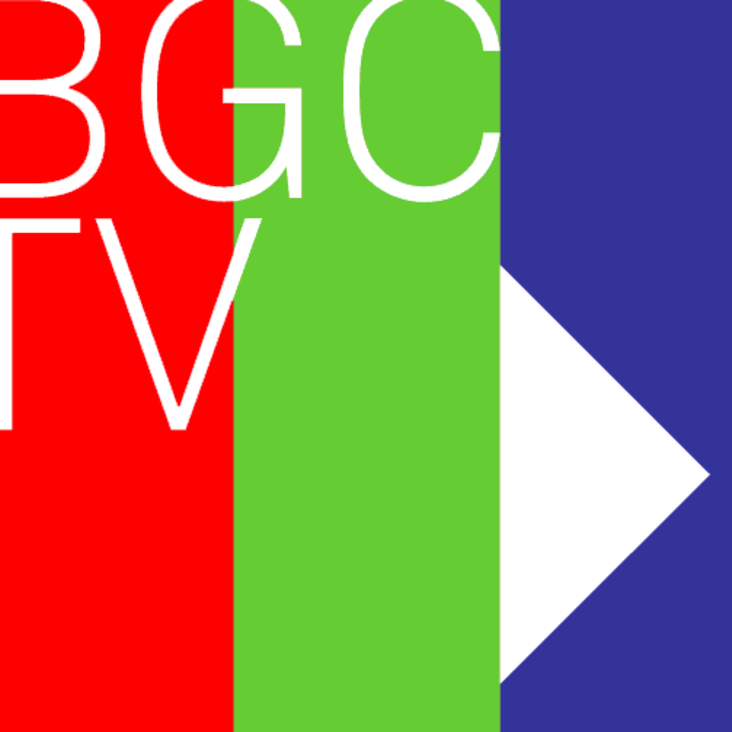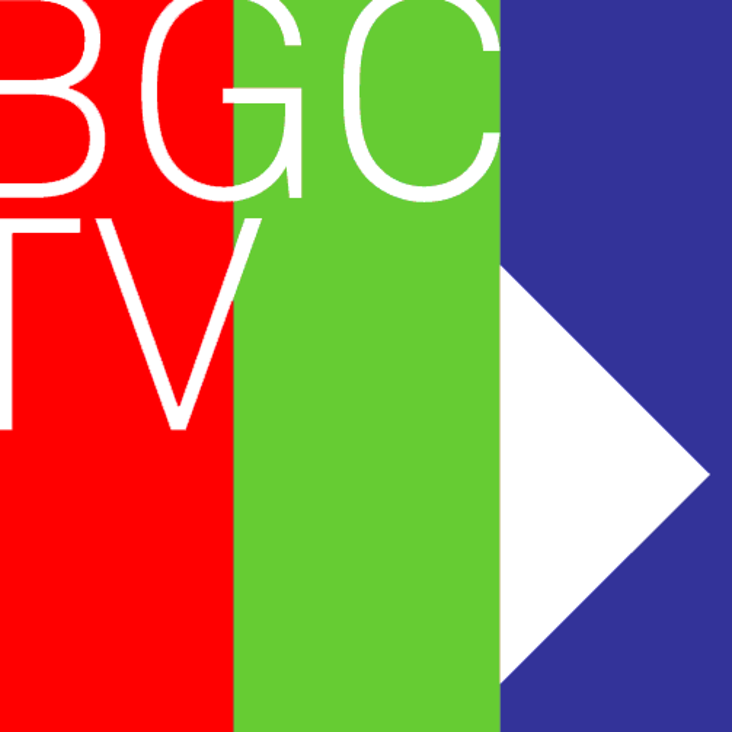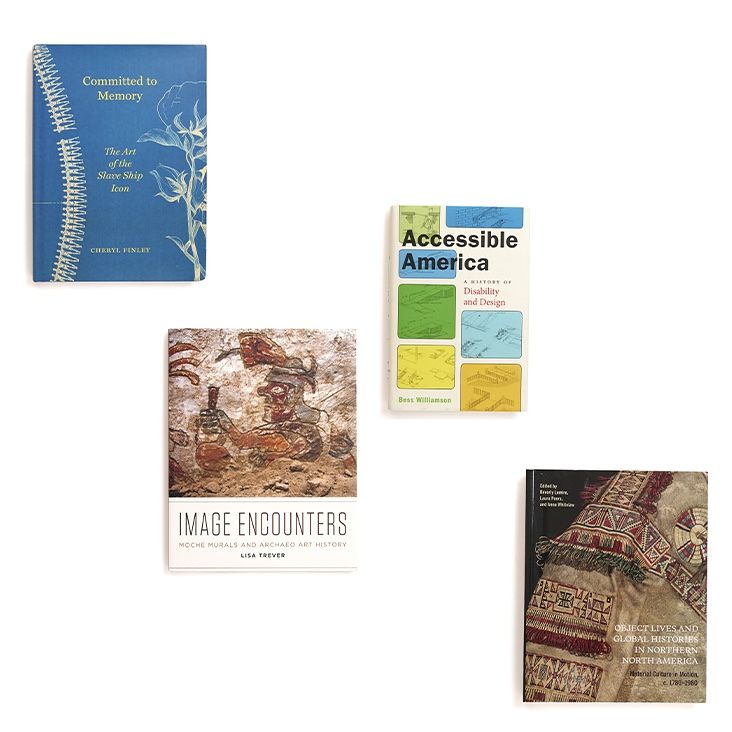Visualizing 19th-Century New York examines New York City—a spectacle for resident and visitor alike—through prints and photographs produced by cultural entrepreneurs who created a vast commercial market for their images of the booming metropolis.
Nineteenth-century New York City was a visual experience, a spectacle for resident and visitor alike. This Bard Graduate Center Focus Project examined how New York’s cultural entrepreneurs turned to the production of woodcuts, aquatints, lithographs, and photographs in order to make sense of their booming metropolis and to promote their own manufactures to a national, indeed international, market.
Anchoring the exhibit were visions of Broadway, which dominated the burgeoning number of visual images of New York that poured out of commercial publishing firms and entered American homes in the nineteenth century. New York City in general and Broadway in particular were the site of the nation’s leading visual entrepreneurs. As visitors strolled around the gallery, and in effect along Broadway, they encountered the storefronts and the works of four key visual entrepreneurs: Mathew Brady (daguerreotypes), Edward Anthony (stereoviews), Currier & Ives (lithographs), and Harper Brothers (woodcuts in Harper’s Weekly). The final section of the exhibition was a model nineteenth-century parlor, its center table laden with the kind of materials that a mid-century middle class family might own, such as a stereoviewer and a copy of Harper’s Weekly.
Along the way, an interactive digital screen focused on one of Broadway’s leading corners—Broadway and Ann Street—where P. T. Barnum’s American Museum stood, along with other important urban attractions. Another interactive screen took you “behind the scenes” of the four establishments to see the varying image-making technical processes and the men and women workers who made these popular products.
Visualizing 19th-Century New York was accompanied by a digital publication that offers a spatial interface to the exhibit materials by placing objects, landmarks, and central themes on the 1851 Matthew Dripps Map of the City of New York, along with essays on objects in the exhibition, including bird’s-eye city views, technical processes such as stereoscopic photography, and historical topics such as the spectacle of strolling on Broadway or how oysters became a popular food among all classes of New Yorkers.
The exhibition was curated by David Jaffee along with Bard Graduate Center students who participated in an innovative year-long sequence of academic courses. Students were critical collaborators in all facets of the exhibit, helping to research and develop the Gallery interactive applications and writing the texts that appeared both in the gallery and in the digital publication.
A Focus Project curated by David Jaffee, Professor and Head of New Media Research, Bard Graduate Center. Focus Projects are small-scale academically rigorous exhibitions and publications that are developed and executed by Bard Graduate Center faculty and postdoctoral fellows in collaboration with students in our MA and PhD programs.
Exhibition Preview:
Digital Publications:

Visualizing 19th-Century New York
This digital publication offers a spatial interface to the exhibition materials by placing objects, landmarks, and central themes on the 1851 Matthew Dripps Map of the City of New York, along with essays on objects in the exhibition, including bird’s-eye city views, technical processes such as stereoscopic photography, and historical topics such as the spectacle of strolling on Broadway or how oysters became a popular food among all classes of New Yorkers.
See our related Pinterest board.





























